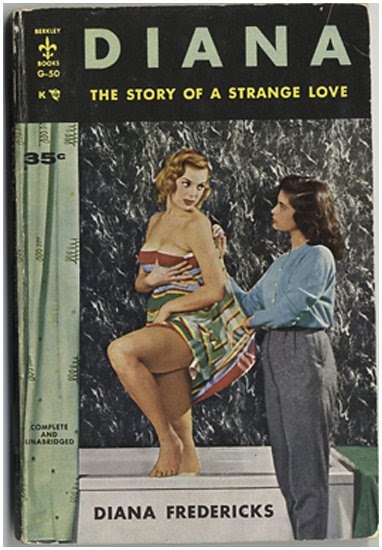In most instances, before LGBTQ+ folks can ‘come out’ to the world or even to a larger queer community, they first become connected to the very knowledge that non heterosexual attractions have social ramifications.
“Moreover, being connected to the knowledge … (that one is queer) often meant learning simultaneously that one was not alone and that one was alone. In other words, one might learn that he or she is part of a larger group but only gain the knowledge while isolated from that larger group.” (Meeker, Martin. Contacts Desired: Gay and Lesbian Communications and Community, 1940s – 1970s. Chicago, University of Chicago Press, 2006)
Martin Meeker writes this in Contacts Desired as a preamble to his argument that a larger social knowledge of homosexuality developed over the course of the twentieth century due to particular innovations in communication, but this specific sentiment has significantly informed how I have approached my research over the past month.
I have been reading Meeker’s book while simultaneously creating a database of popular lesbian blogs from 2004 – 2013, and sorting through newsletters from the GALE Lesbain Herstory Archives Newsletter Collection. While I have had to seek out and compile my own list of blogs for this research project, I have been scanning through all of the documents from the LHA collection to weed out and refine a list of newsletters that will be suitable for side by side examination with the blogs.
Blog entry from ‘Lesbain Neutotica’ , 2010.
As I move through this more organizational phase of my research and onto closer readings of the publications themselves, I have begun to understand how elements intrinsic to the medium of the newsletter and blog have informed specific types of communities for groups of lesbians at separate moments in recent history.
However, I am experiencing the exact split feeling Meeker describes in his introduction as I learn about these communities remotely. I am delighting in reading letters to ‘Lisa Ben’ of Vice Versa from anonymous teenage lesbians in 1948, in learning which terms of slang have remained in the queer vernacular and which ones have fallen out of fashion (‘Fluff’ at one point meant ‘Femme’), and in retroactively watching an adoring clique form over six years in the comments section of The Sartorial Butch. I feel excited as I learn about a history that I am connected to, but melancholy with the knowledge that I am separated from that physical community in this present situation. All I want to do after spending hours reading these texts is to go to Cubbyhole- but instead I just close my laptop and continue to sit in my childhood bedroom, historic site of my own repression.
My workstation.
Though my current separation is unique to the ongoing global pandemic, it is certainly not unique to the experience of being a lesbian (or any other LGBTQ+ person) and learning about that fact while isolated, before ever actually finding a real life group of gay folks to exist amongst.
Meeker writes that in reality, isolation and invisibility are in flux, states that “…constantly have to be achieved and negotiated, or avoided and dismantled.” (Meeker, pg. 55) This is helpful to remember, because that means that while there is no such thing as complete visibility, there is also no such thing as complete invisibility.
A list of short reviews of lesbian fiction from Issue 3 of Vice Versa, written and distributed by ‘Lisa Ben’ in 1947.
The first image in this blog post is the cover of one of the books recommended in the above list. Credit to QueerMusicHeritage.com.
